Toyota is in the midst of reorganizing its lineup and the Yaris Cross will be the next one to step in, as the brand’s newest compact crossover. With the Yaris Cross being positioned under the C-HR, Toyota will now have a complete portfolio of crossover vehicles. The model is aimed specifically for Europe, where compact dimensions, combined with a high seating position and rugged design are valued. The model will be assembled in France, where more than 150,000 units per year will be made. Here’s why Toyota is betting so much on it.
2021 Toyota Yaris Cross
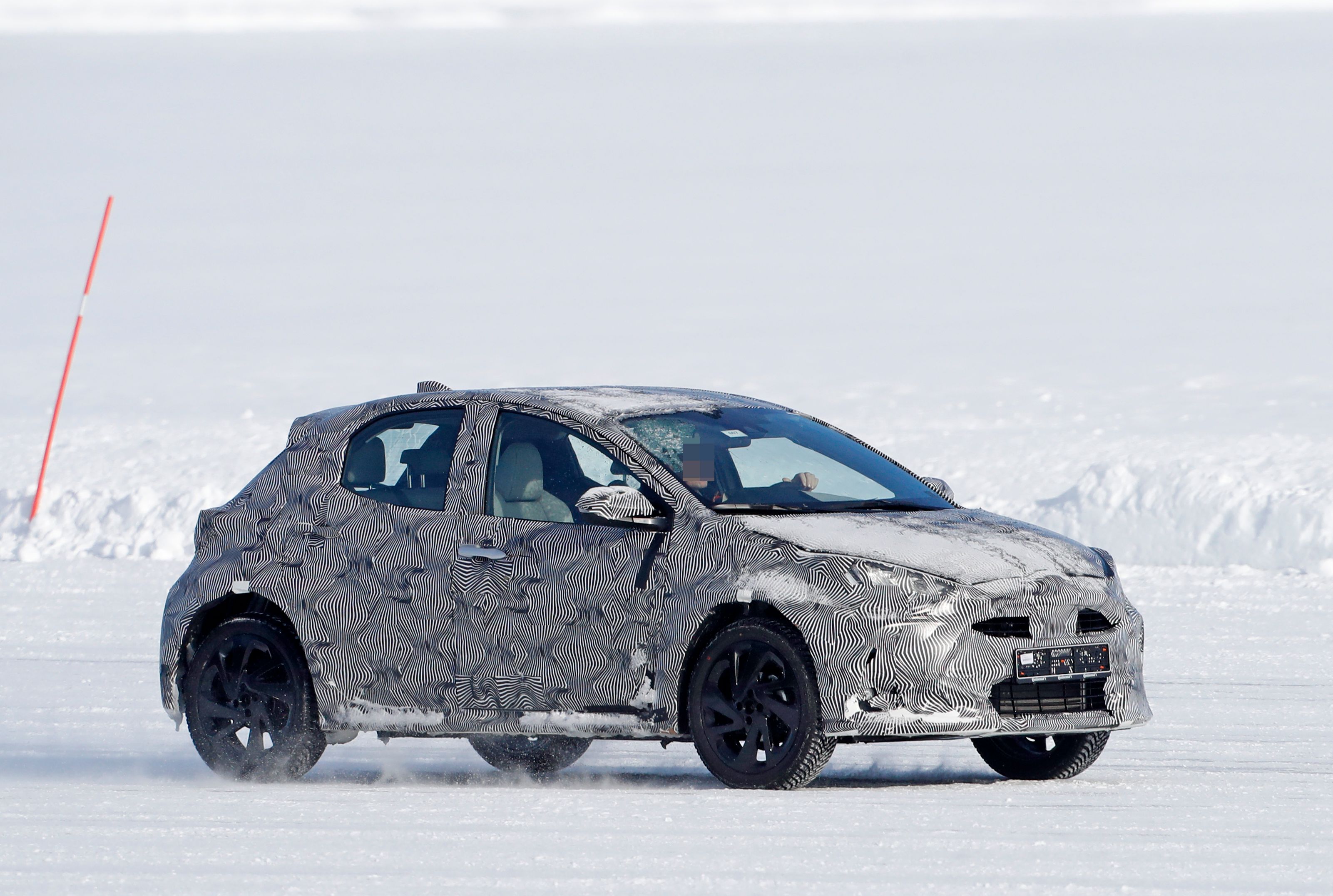

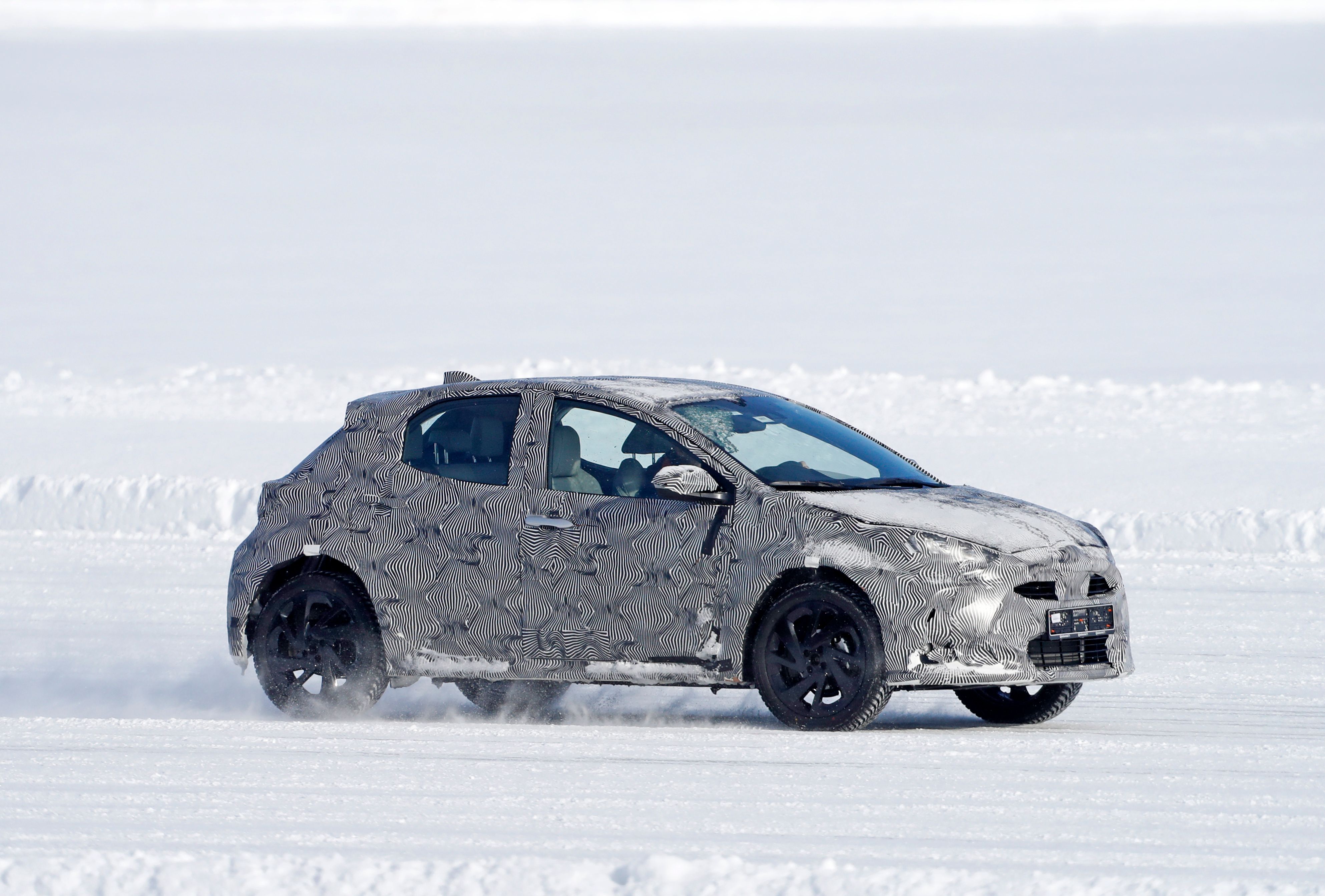
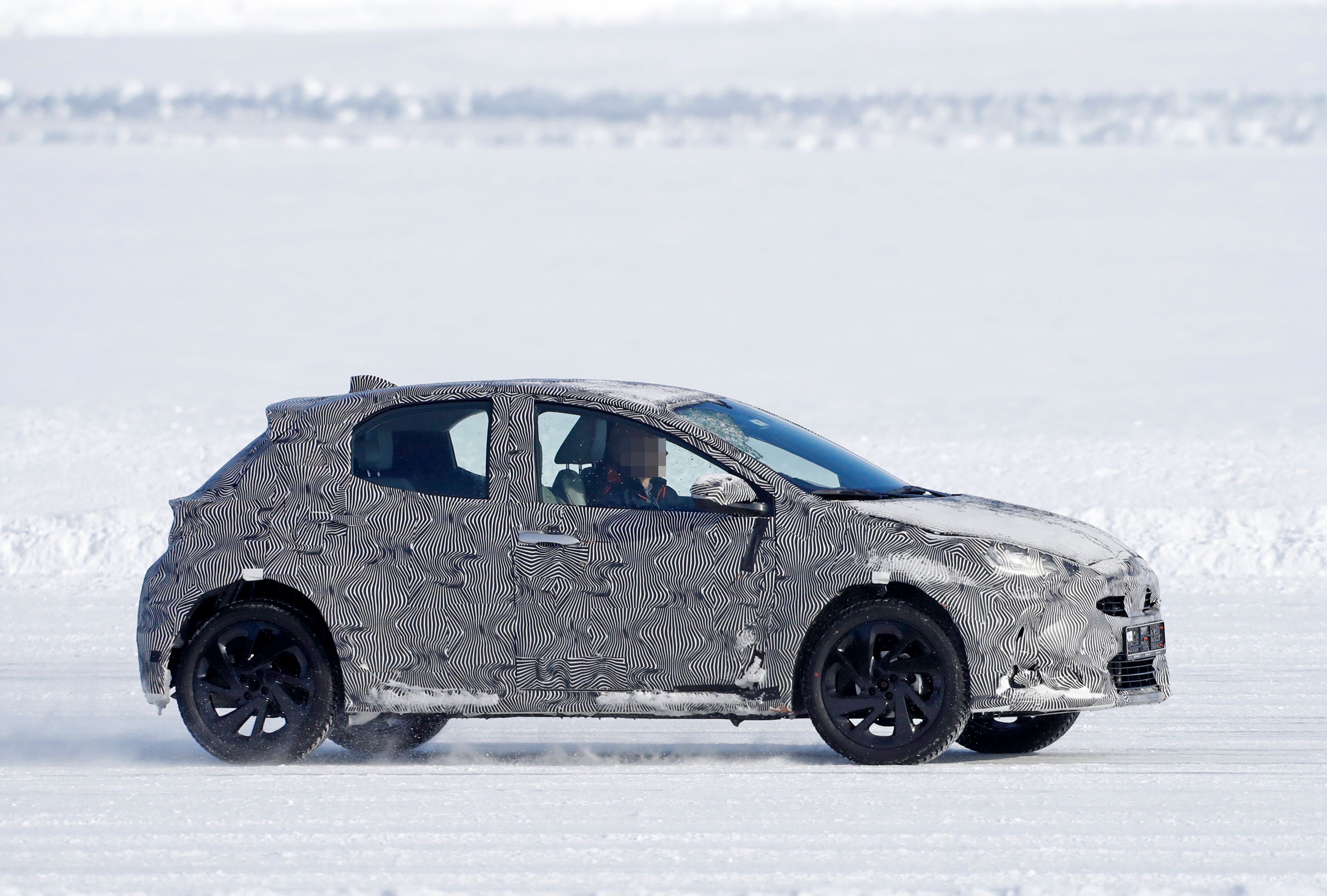
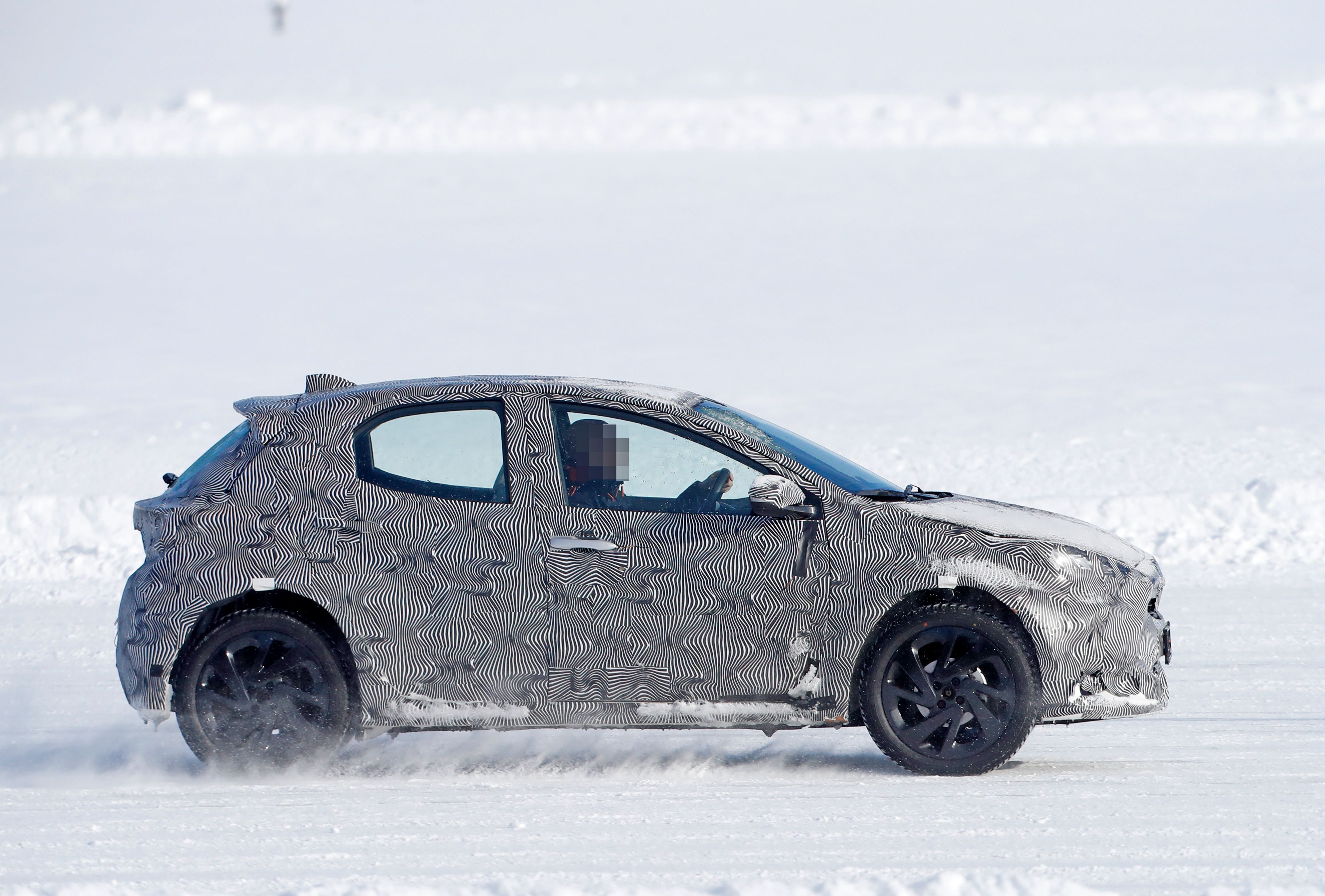
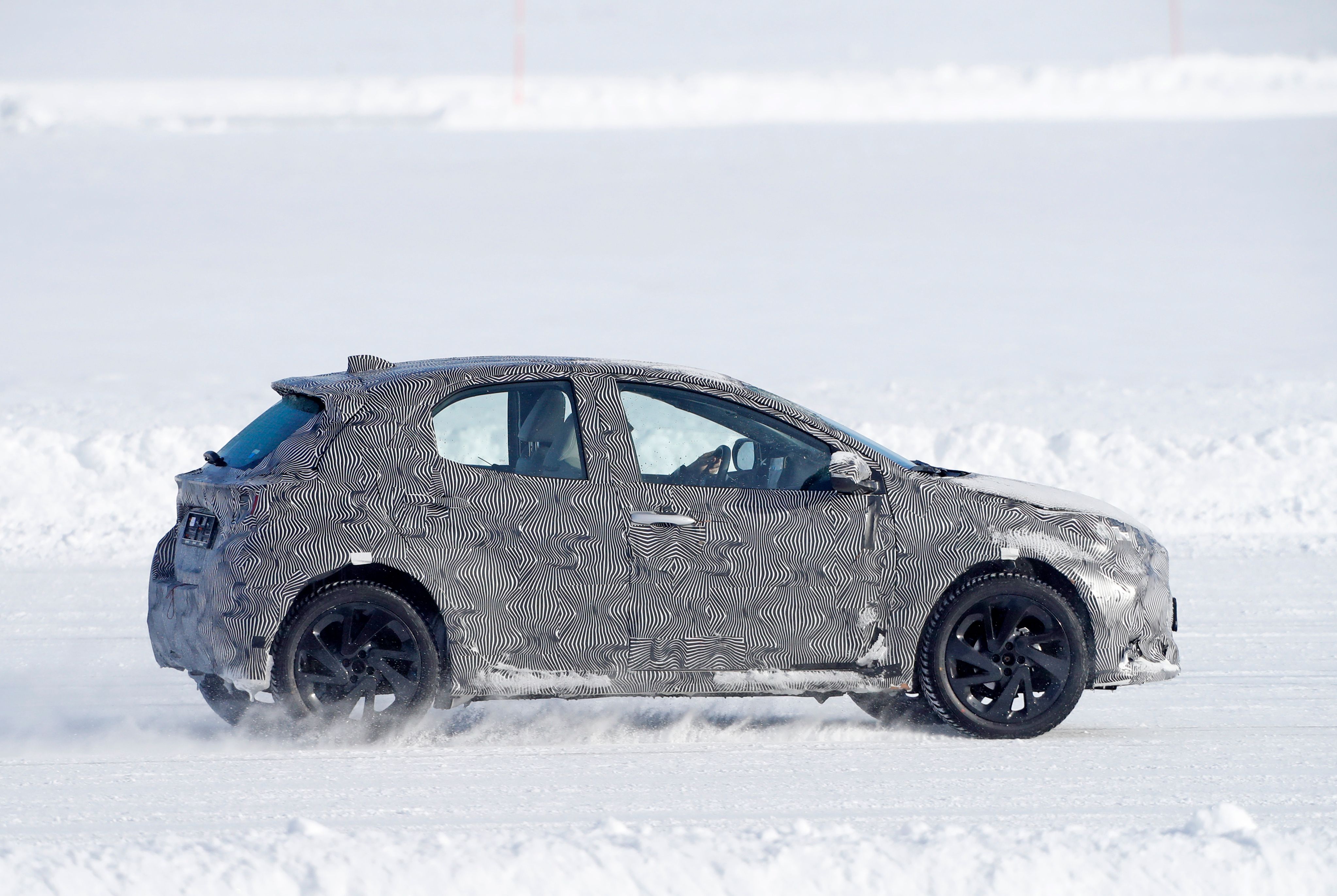
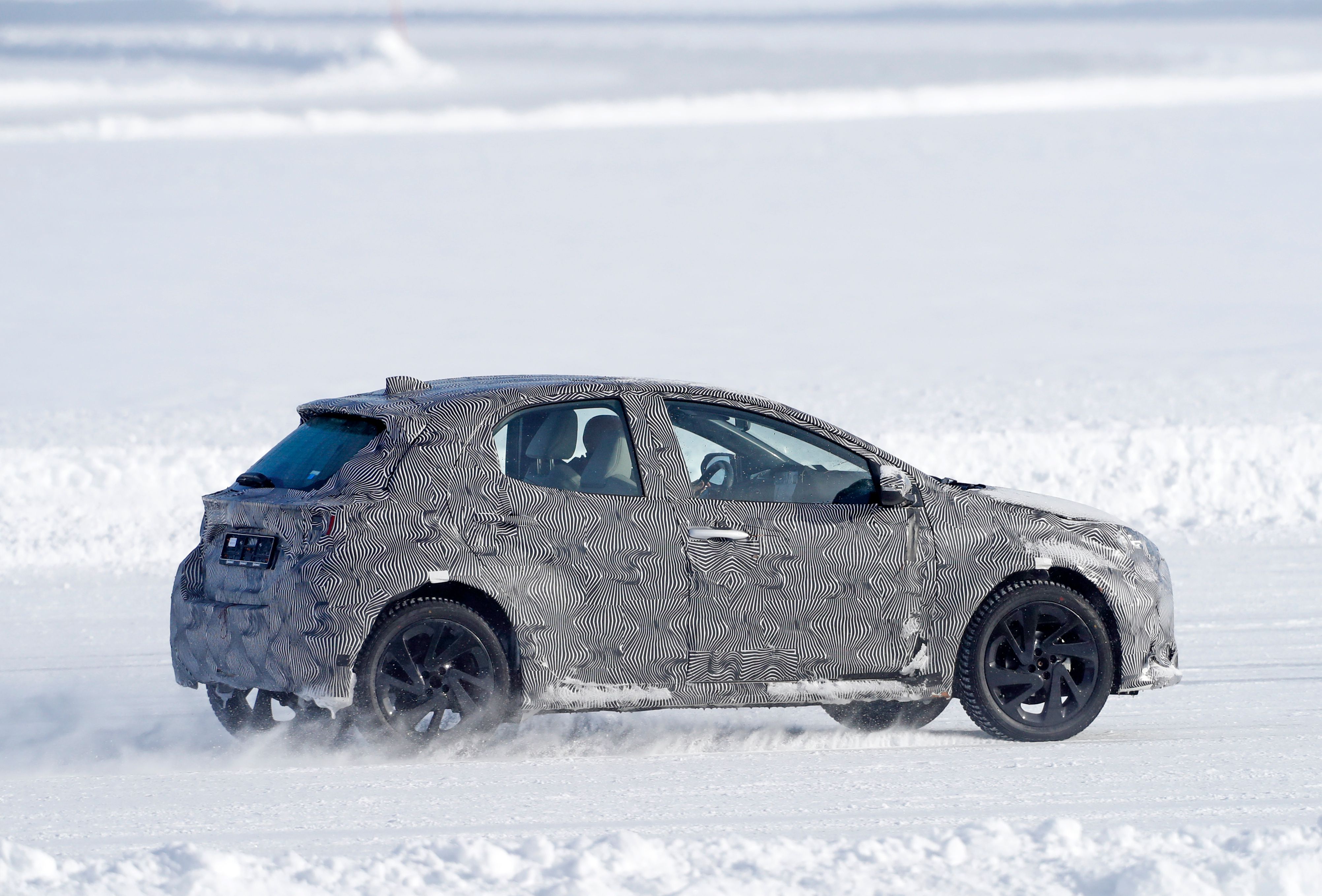
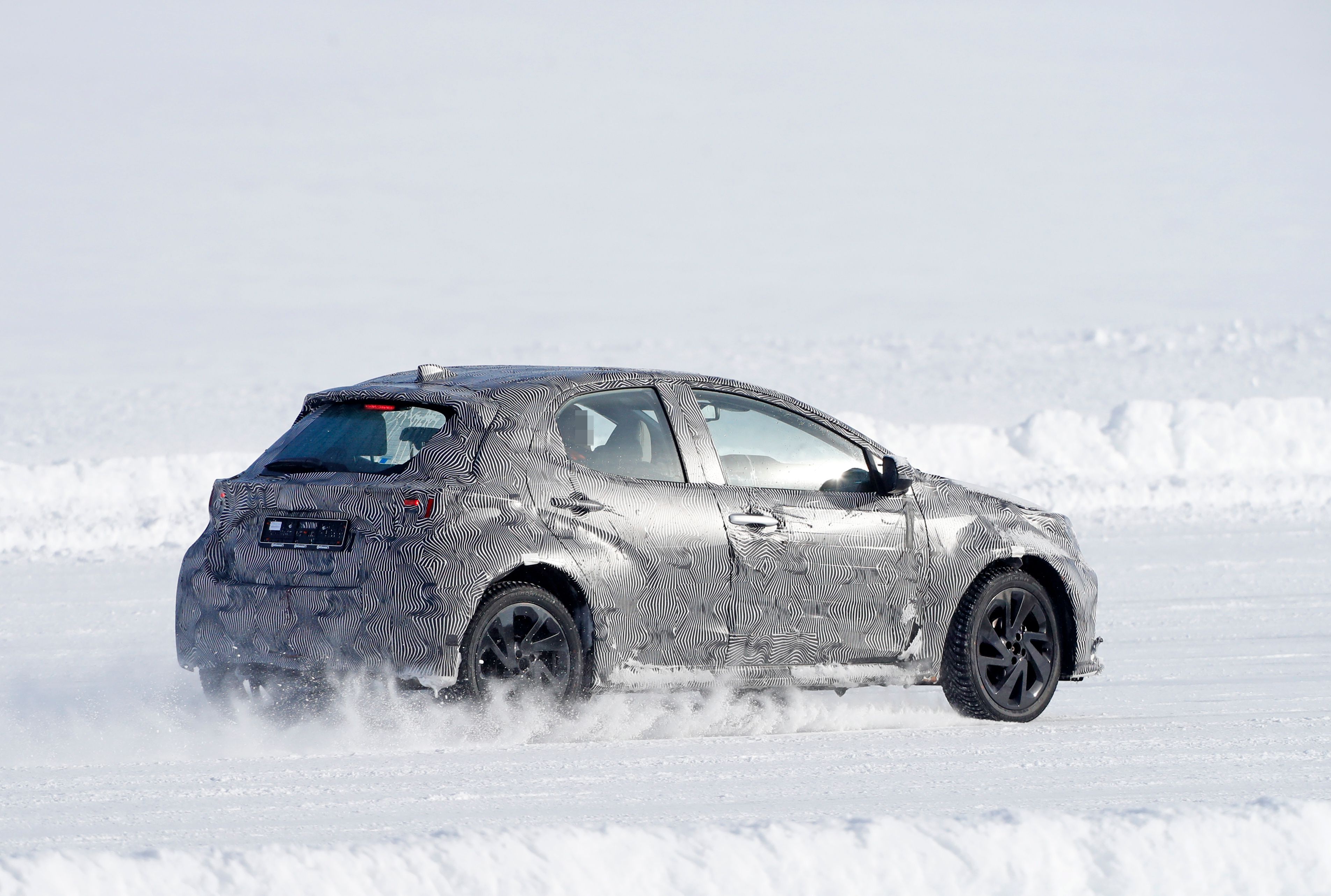
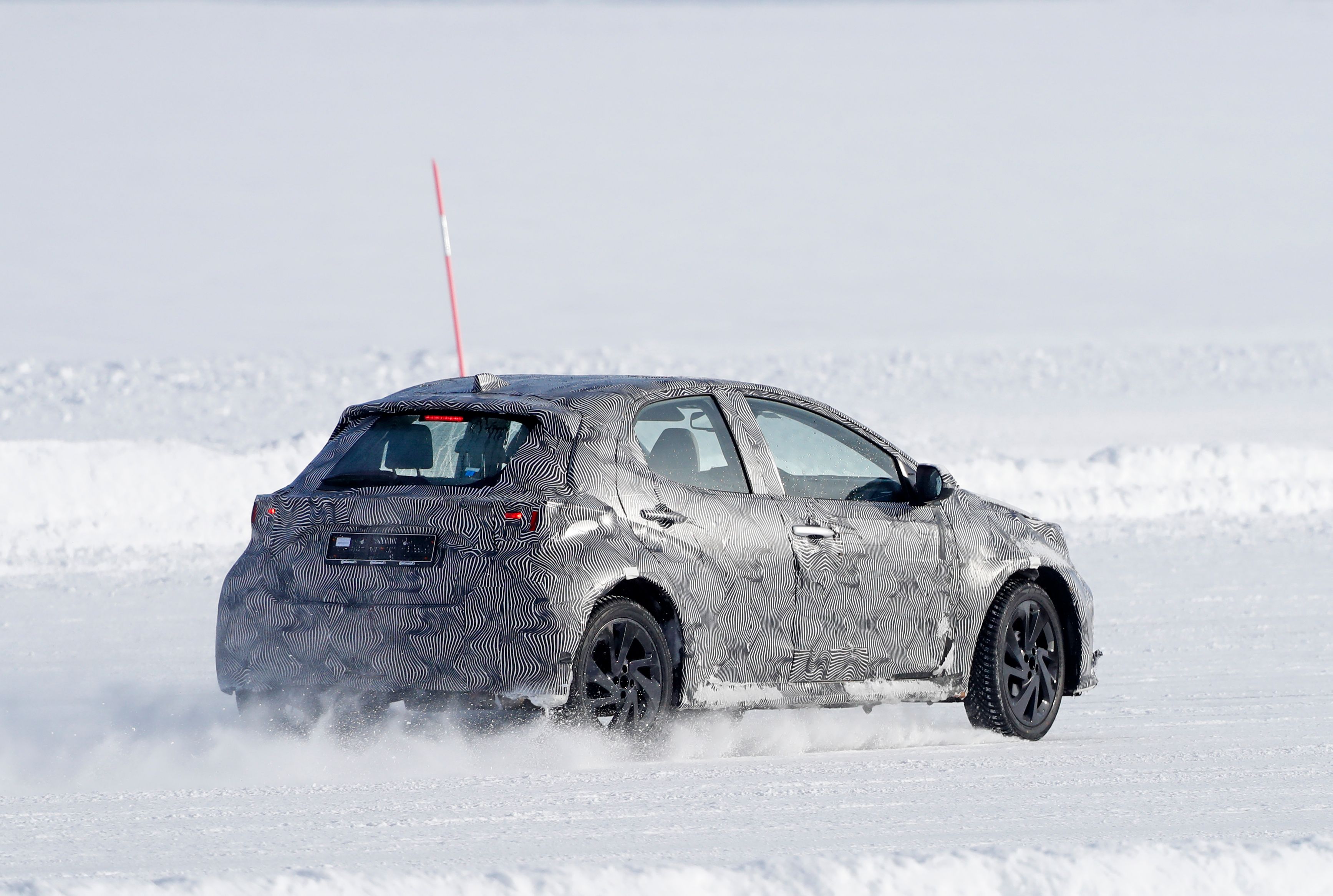
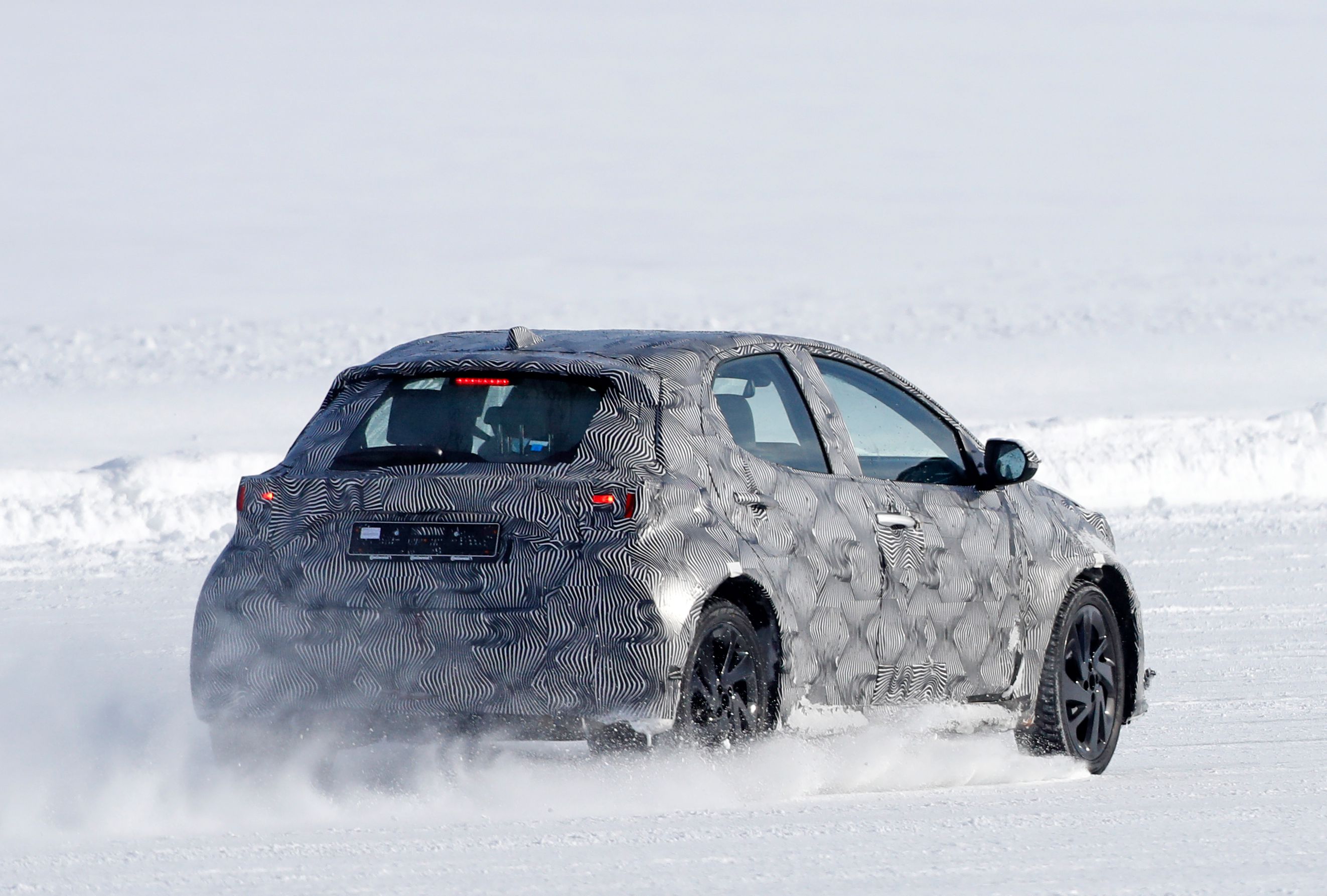
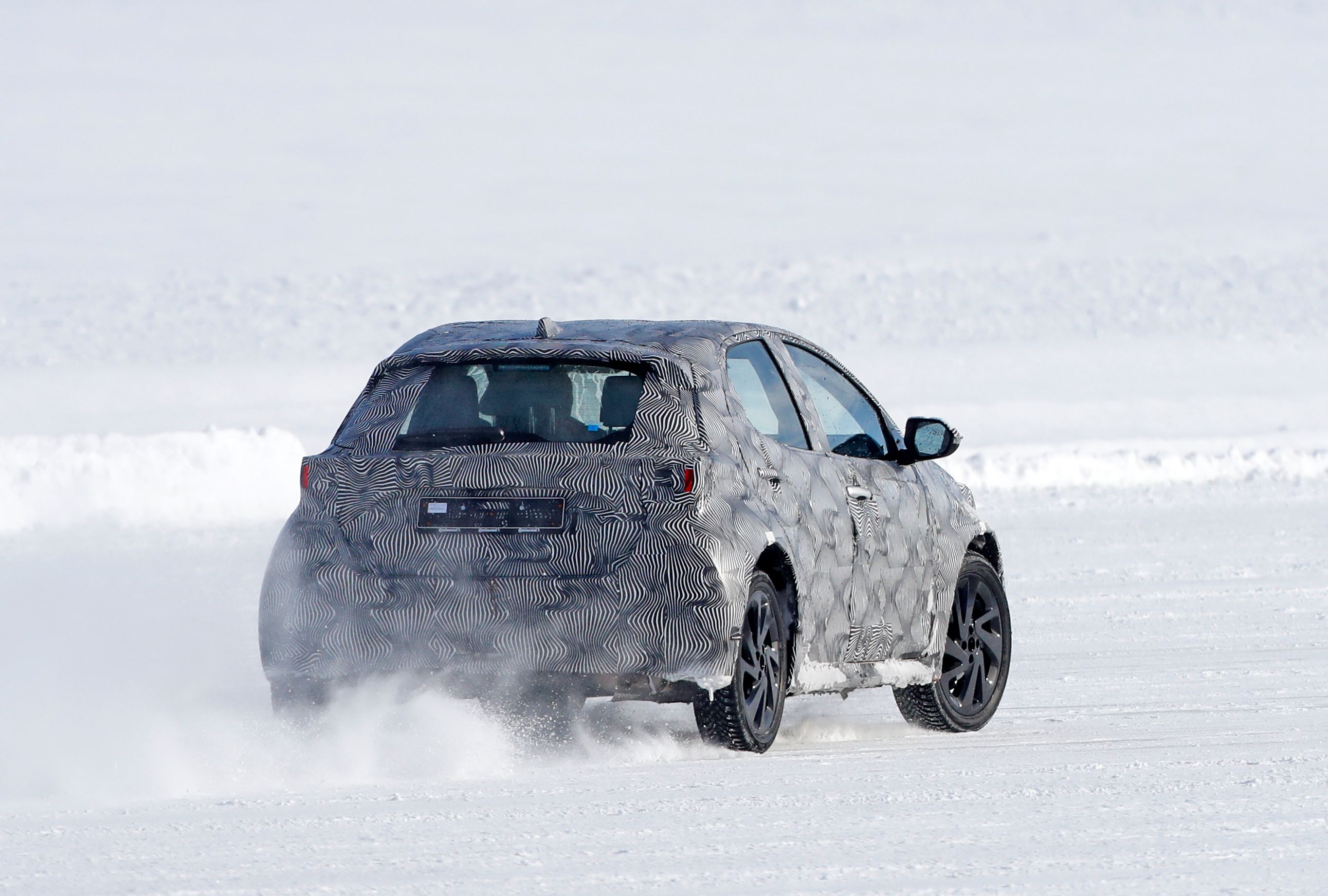
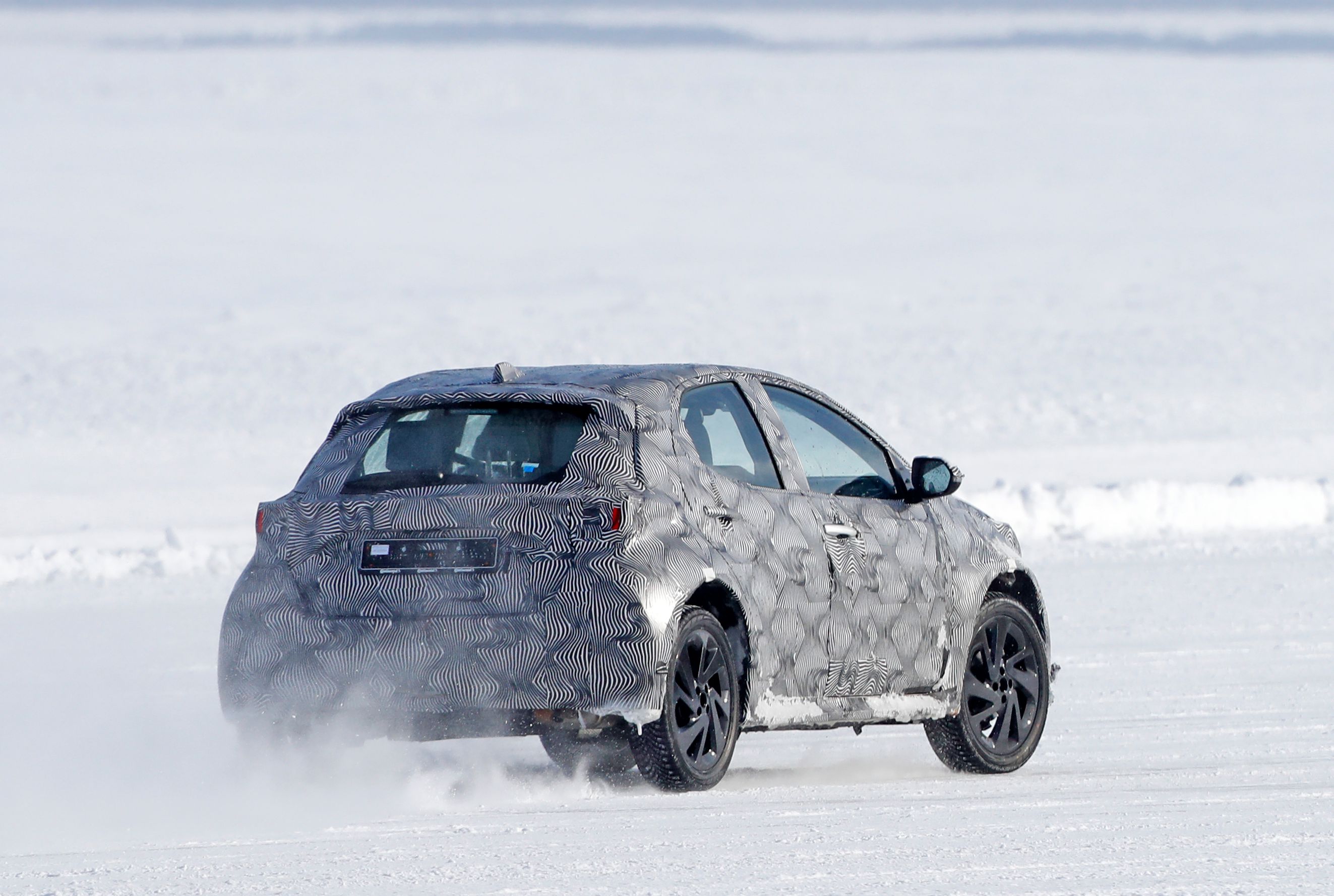
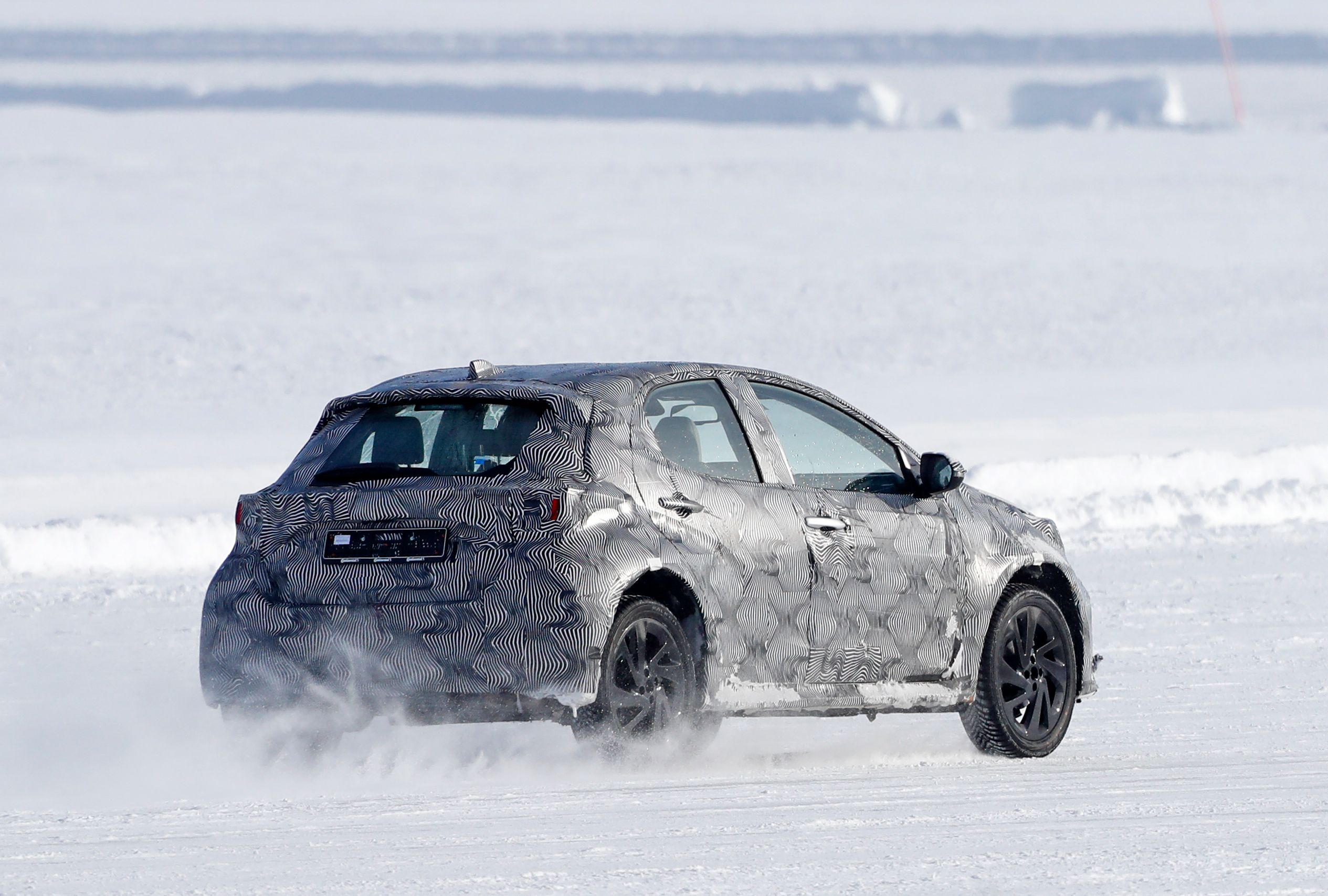
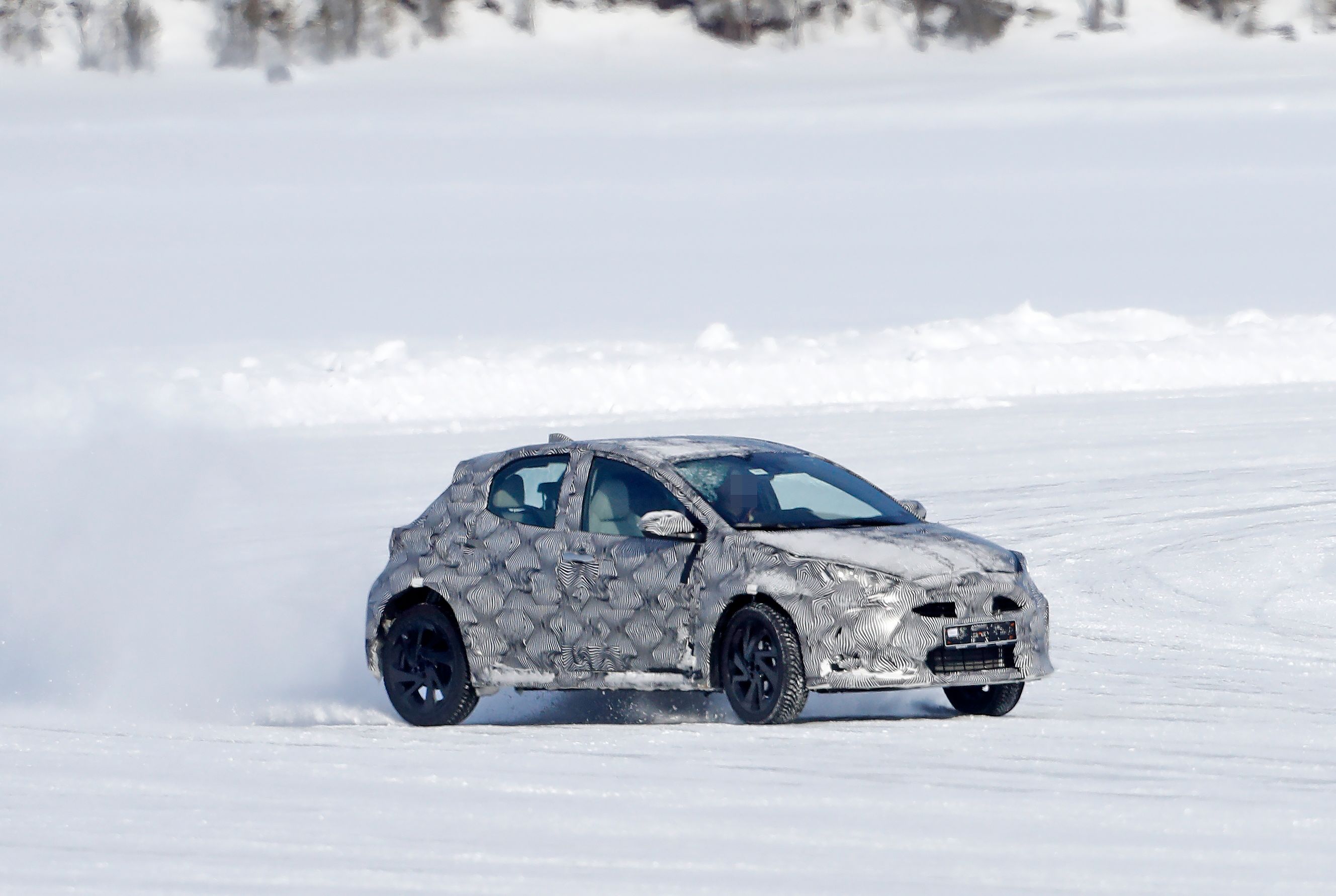
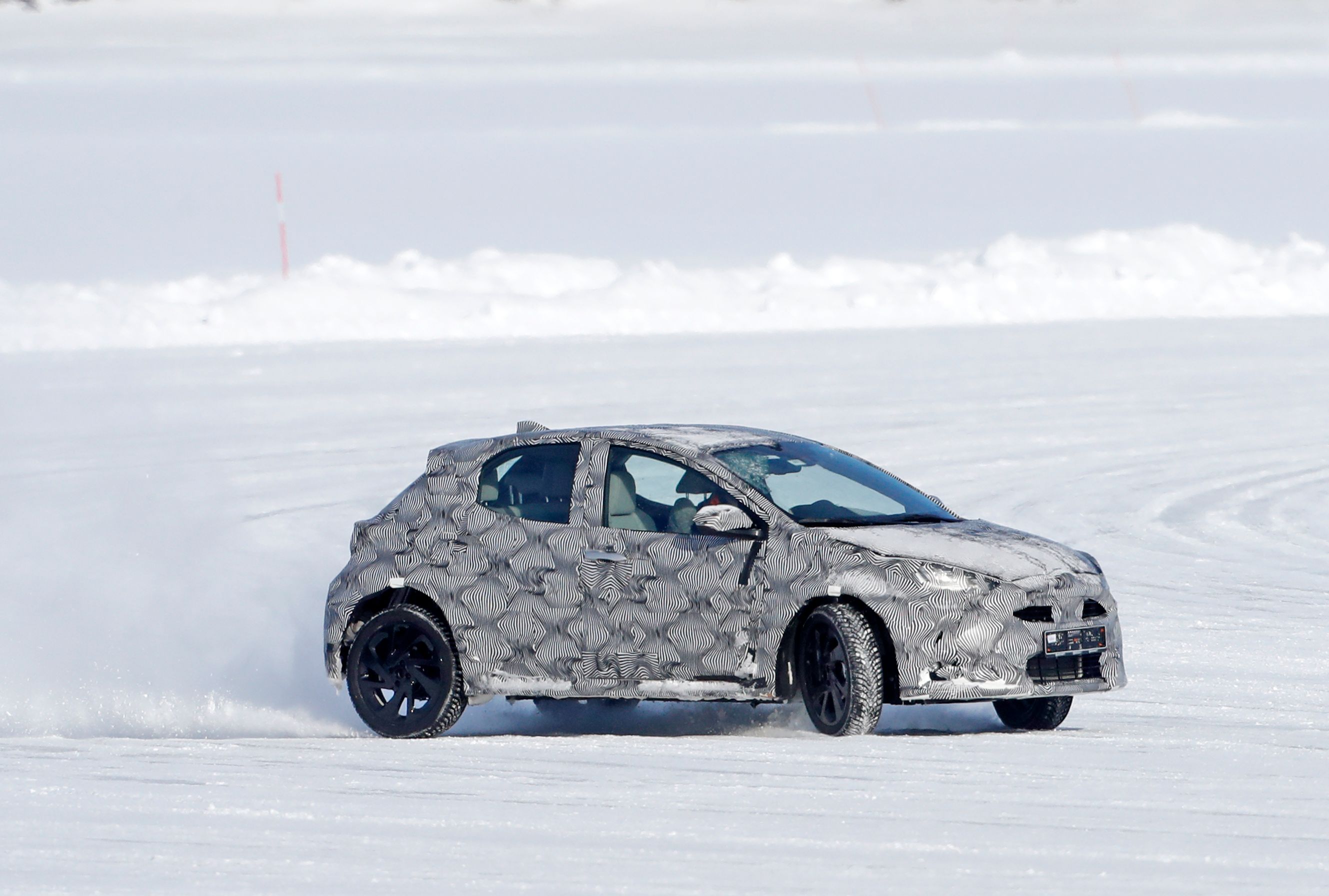
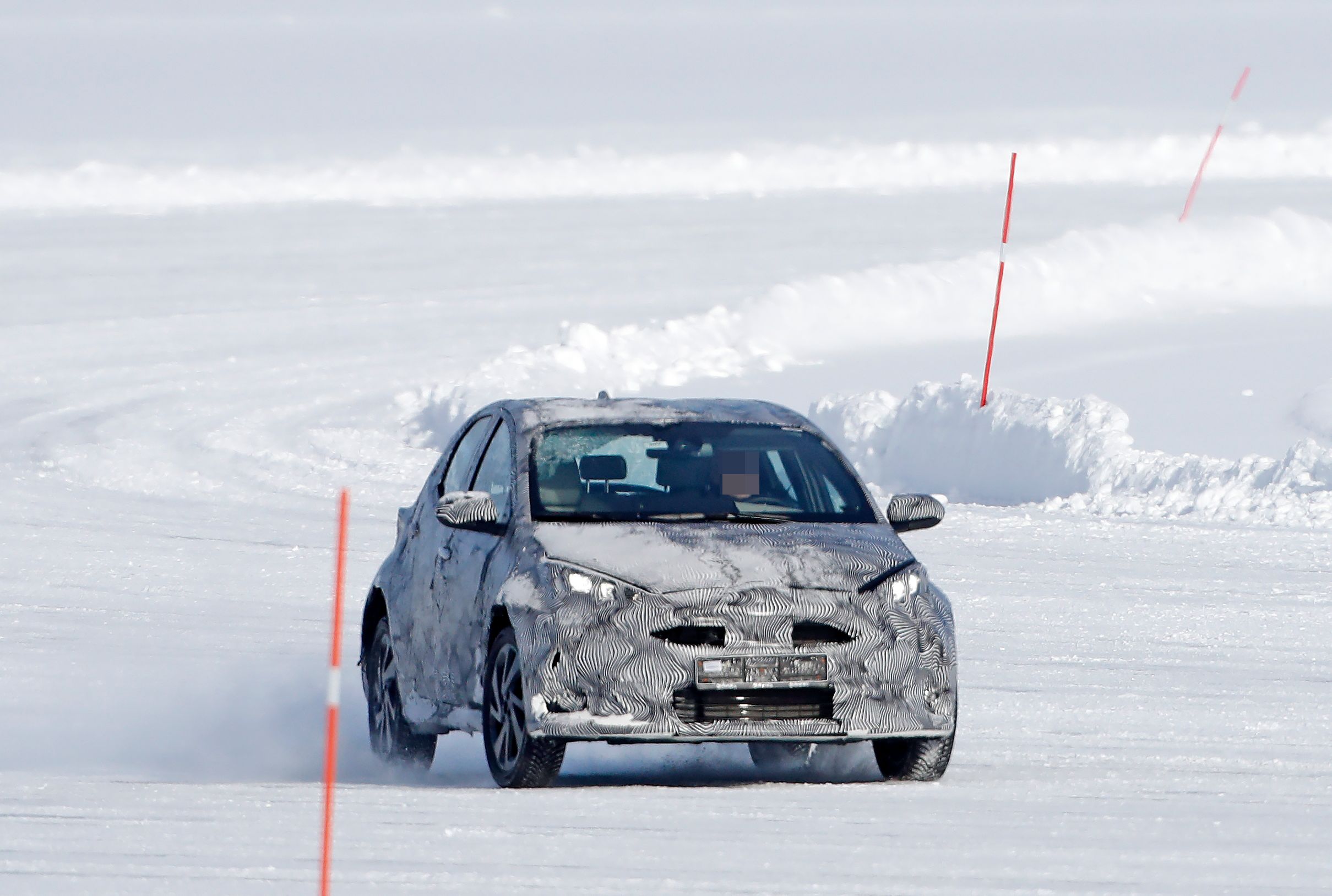
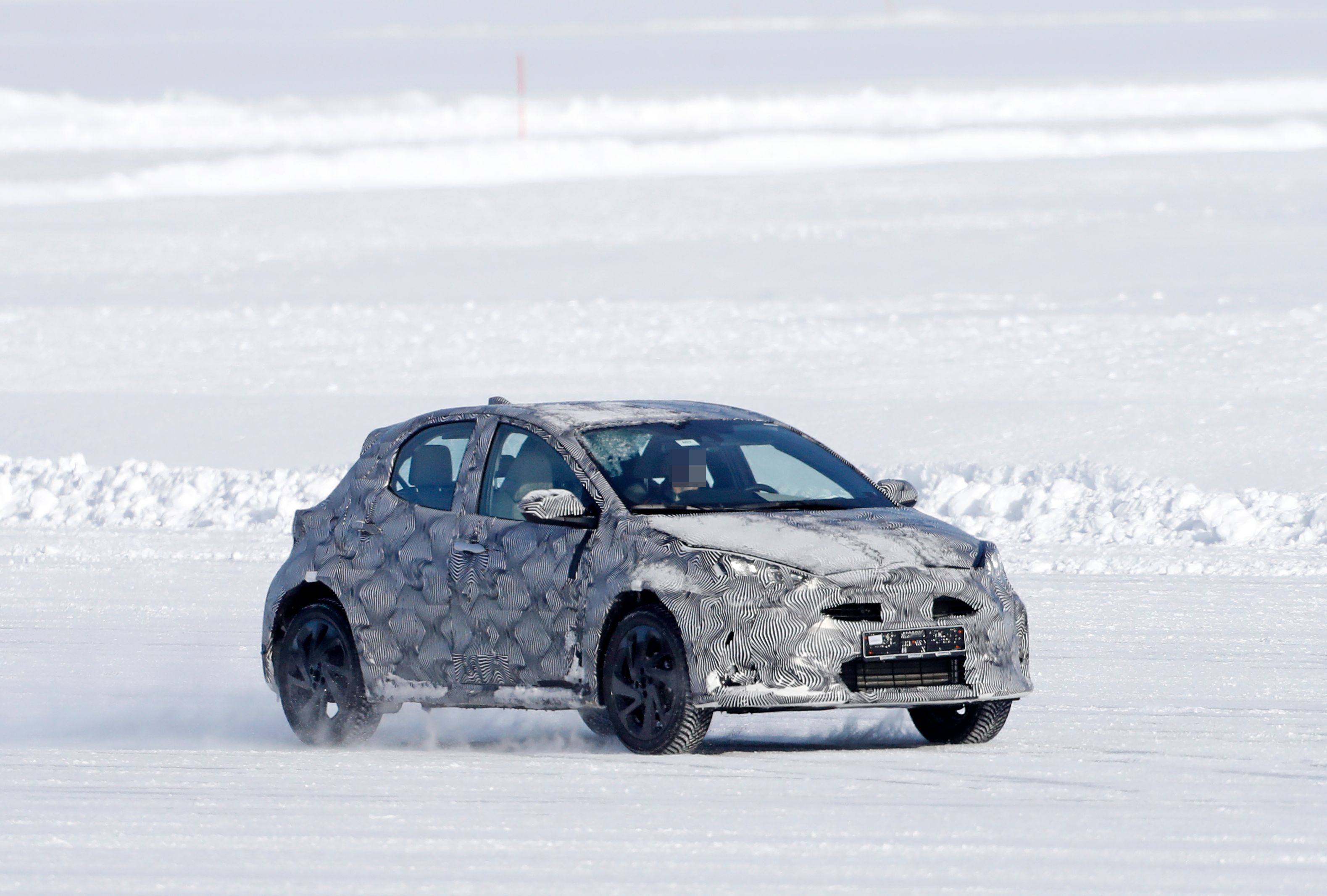
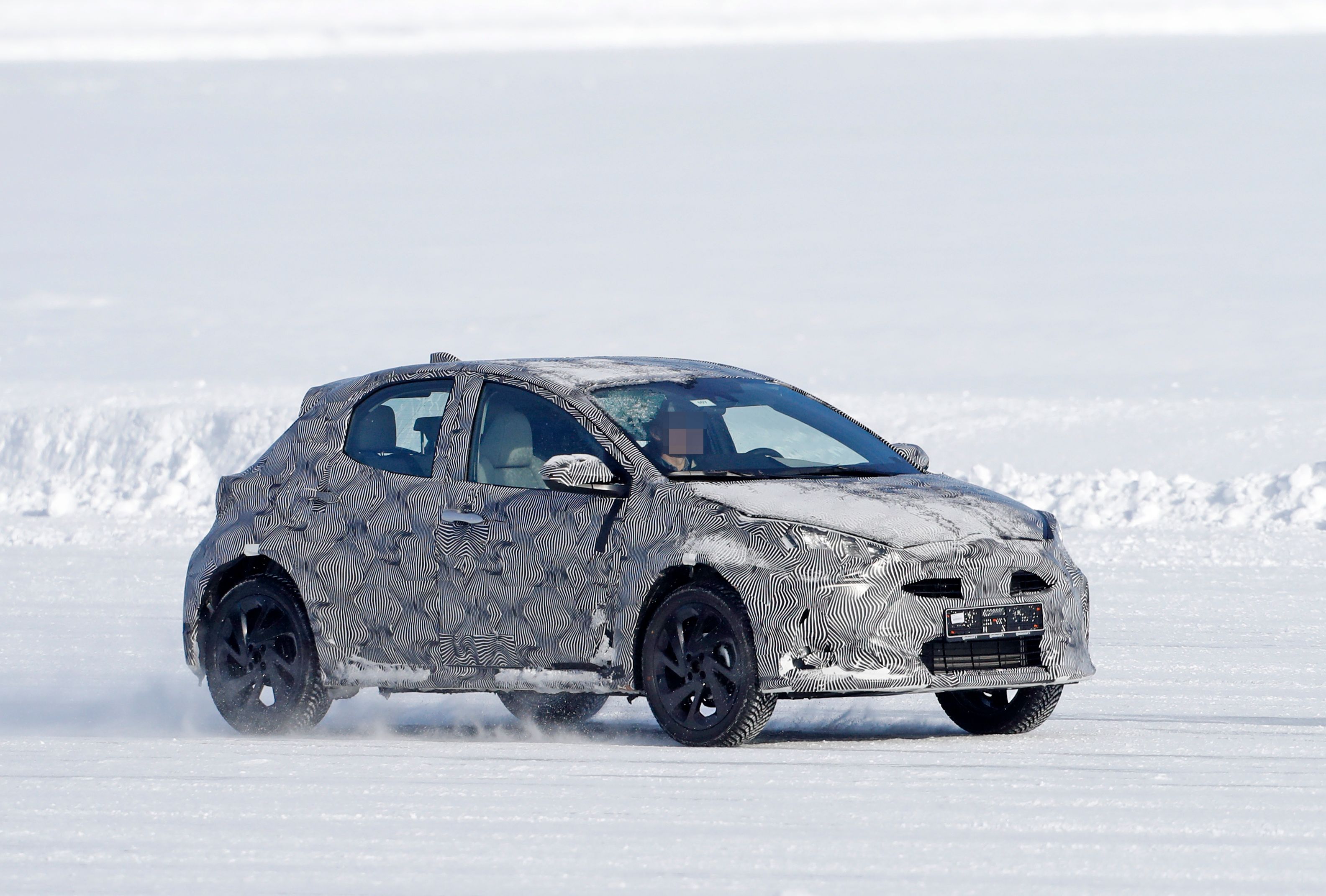





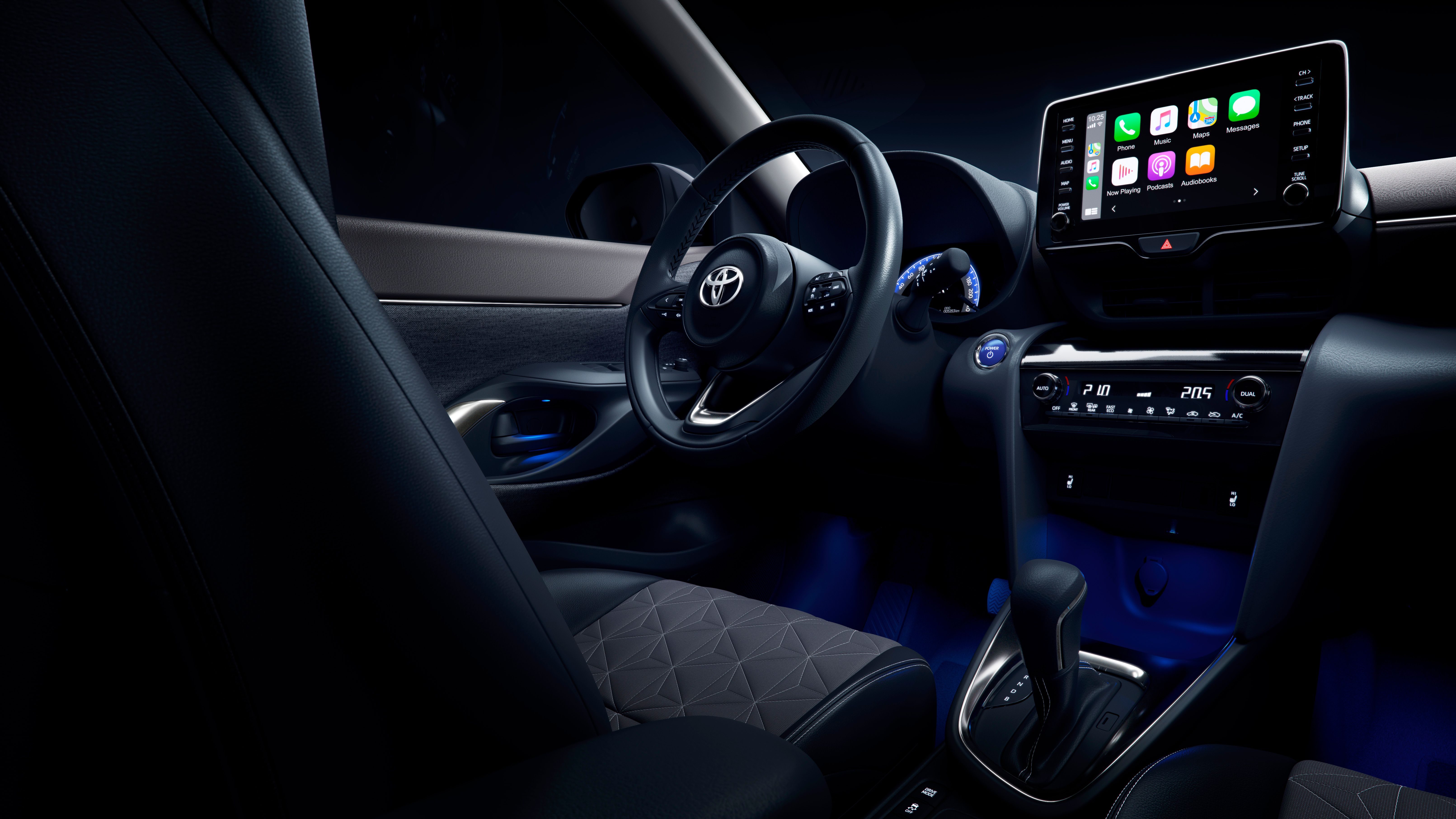
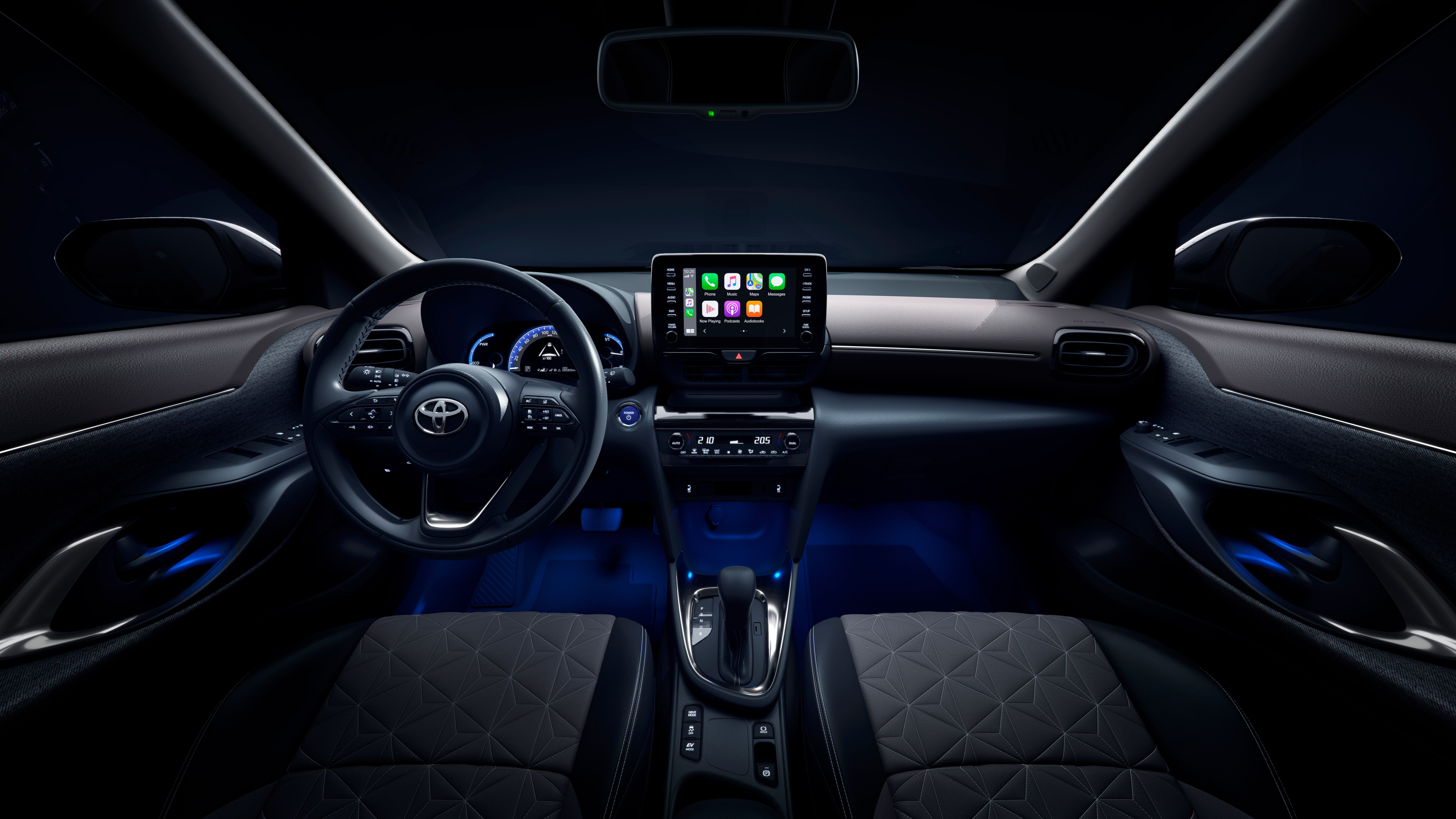




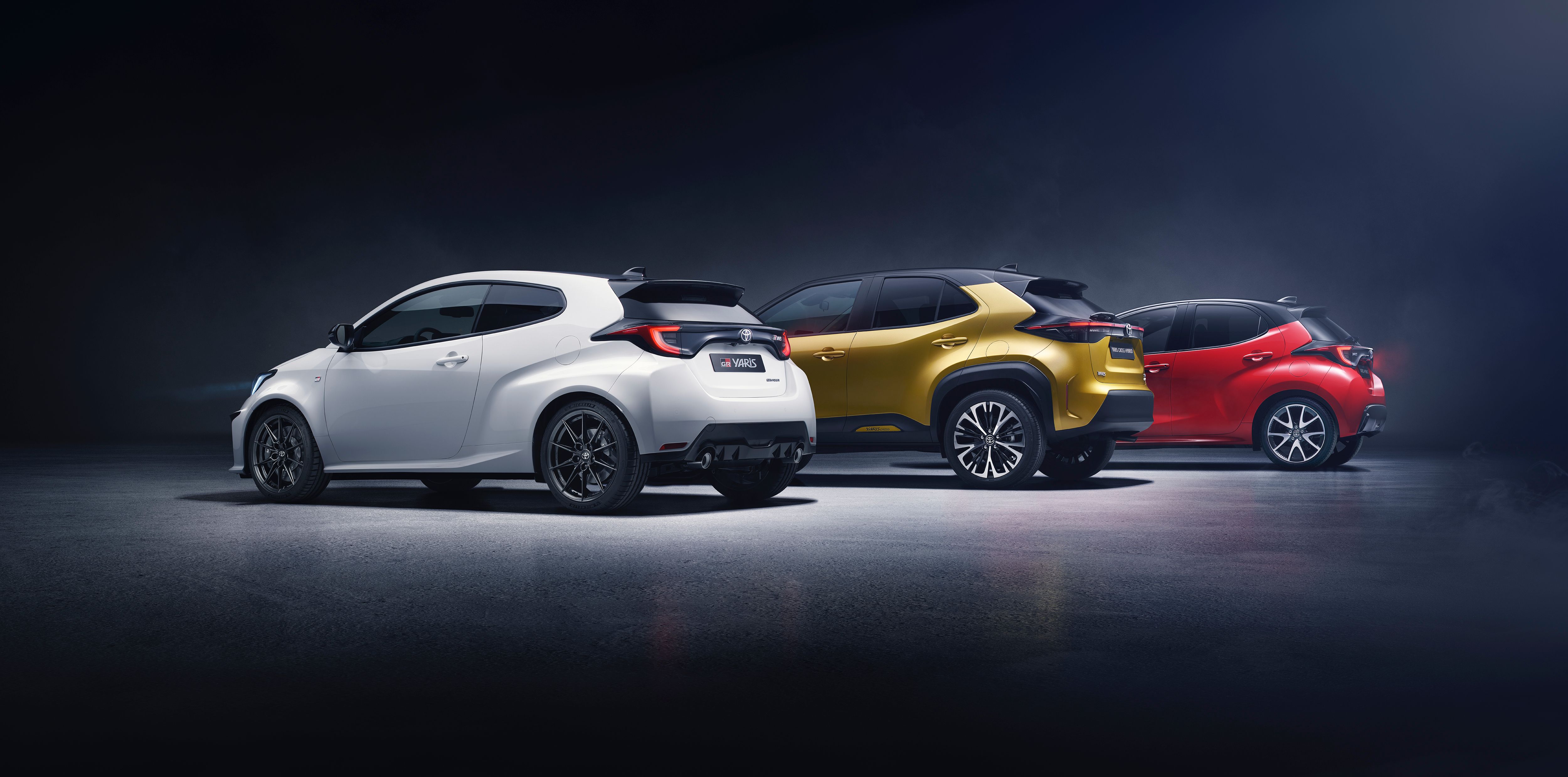
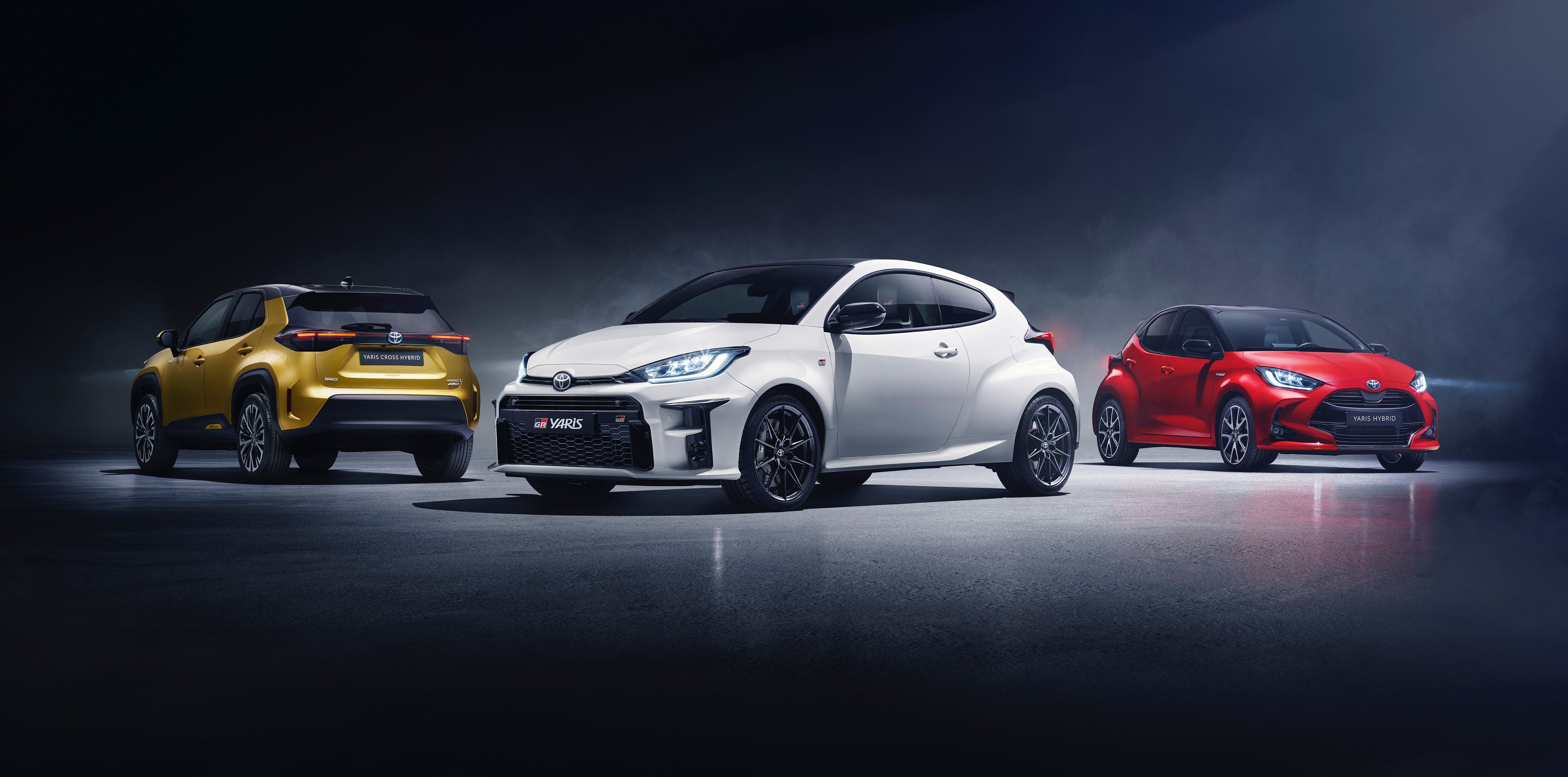



- Make: Array
- Model: 2021 Toyota Yaris Cross
- [do not use] Vehicle Model: Array
Drivetrain & Performance

Toyota’s fourth-generation hybrid technology finds its way into the Yaris Cross. The brand is a pioneer in the B segment, when it comes to full-hybrid vehicles, introducing the first Yaris hybrid in 2012. Consequently, it became a very successful model, with over half a million being sold in Europe.
The three-cylinder unit is precision-engineered for reduced friction and mechanical losses, as well as optimized combustion speed. It is said to have a thermal efficiency of 40 percent, which is better than the current diesel engines. With this in mind, we can expect a very good fuel economy. In terms of CO2 emissions, we are looking at 90 g/km for the front-wheel-drive and 100 g/km for the all-wheel-drive version.

One thing you don’t often hear talked-about in a car like this is the chassis rigidity. The Yaris Cross is the second car in Toyota’s lineup to be based on the GA-B platform, which provides high levels of body rigidity, resulting in a balanced chassis.
Although we don’t have detailed performance specs, we know that the system will have a combined power output of 114 horsepower (85 kW) and 104 pound-feet (141 Nm).
Interior


The Yaris Cross comes as standard with plenty of passive safety features, such as Autonomous Emergency braking with Pedestrian Detection, Blind spot monitoring, lane-keep assist, radar cruise control, and center airbag, which is meant to prevent passengers from colliding with each other, inside the car, after a crash.
Interior space has been optimized as well. The car can seat four adults comfortably, even in the back, thanks to the rather tall roofline, which unlike most cars does not swoop down towards the back.
How much will it cost?

As mentioned, the Yaris Cross is aimed at the European market. This includes the UK, where starting prices will be £21,000. For the rest of Europe, the expected starting price is around the €22,000 mark.
Competition
Hyundai Venue
The CUV segment is already booming and the Koreans are bringing some serious contenders. One of them is the Hyundai Venue. Although the Venue is shorter at 3,995 mm (157.3 inches) it still offers plentiful interior space and an even bigger boot – 529 liters (18.7 cubic feet). There’s no Hybrid version, however. Instead, you can choose between a variety of petrol engines with 1.0 to 1.6 liters of displacement and a 1.4-liter turbo-diesel. Power ranges from 83 to 121 horsepower. You can choose between a six-speed manual and IVT, which is Hyundai’s CVT gearbox, or for the 1.0-liter – a seven-speed DCT unit. There’s no all-wheel-drive version available, as power goes to the front wheels only. Starting prices for Europe are just over €14,500.
Read our full review on the Hyundai Venue
Citroen C3 Aircross
France makes some of the quirkiest and most attractive compact cars and their C3 Aircross will be a fierce competition for the Yaris Cross, at least on the European market. In Europe, starting prices around the €17,000 mark. It offers a flexible interior where the rear seats are able to move back and forth, like the front. This means, you can set the seats for more legroom at the expense of the cargo area, which has a capacity of 300 liters (10.6 cubic feet). Other than that, you can choose between a couple of versions of their very efficient 1.2-liter PureTech inline-three petrol and a 1.5-liter BlueHDI inline-four turbodiesel. Power ranges from 83 to 110 horsepower. Power goes to the front wheels only. The base petrol and diesel versions have a five-speed manual, while the rest can be had with either a six-speed manual or a six-speed automatic.
Read our full review on the Citroen C3 Aircross
Conclusion

Hatchbacks and crossovers are still the top-sellers in Europe. The Yaris Cross not only completes Toyota’s crossover lineup but also combines everything that’s good from the hatchback and crossover vehicles, in a single package. Yes, it may be a bit more expensive than some of its competitors, but you do get a proven hybrid technology along with a great reliability record that comes with a Toyota. The new Toyota Yaris Cross simplifies the choice between a hatchback and a crossover because it is technically both. Moreover, it’s one of the very few cars in the segment that offers both a hybrid powertrain and all-wheel-drive.

